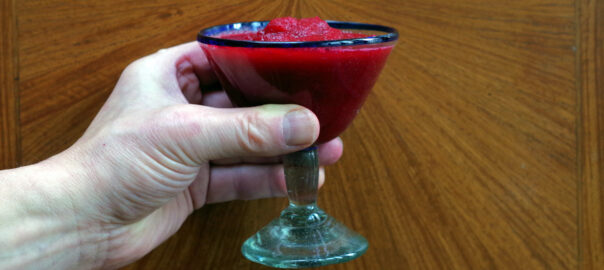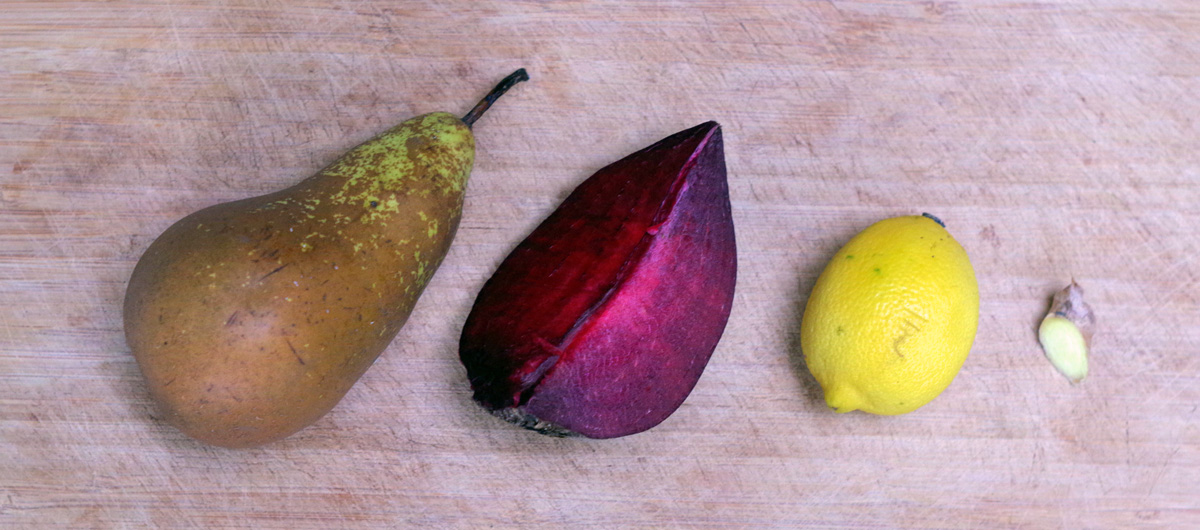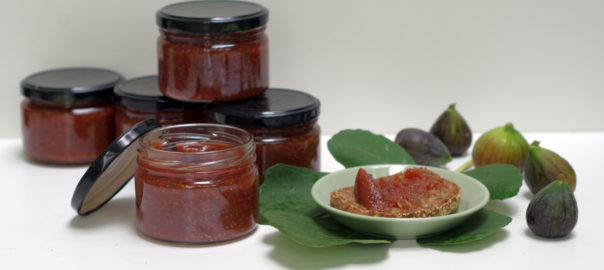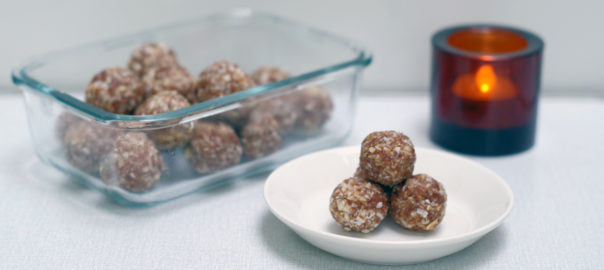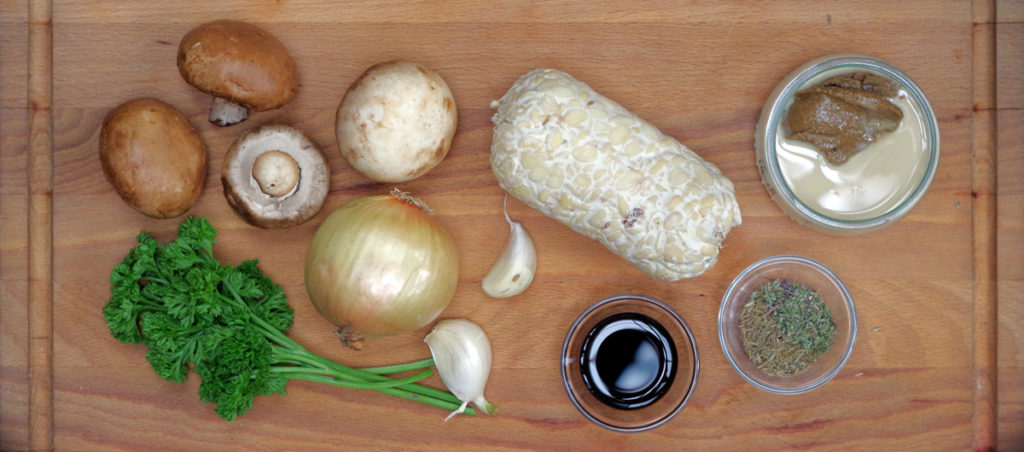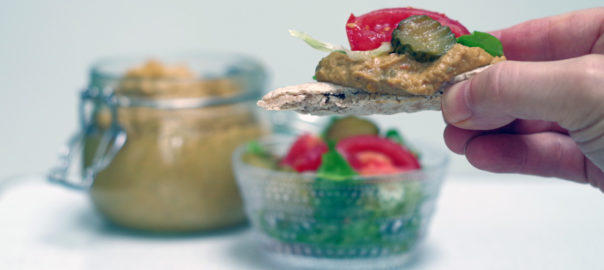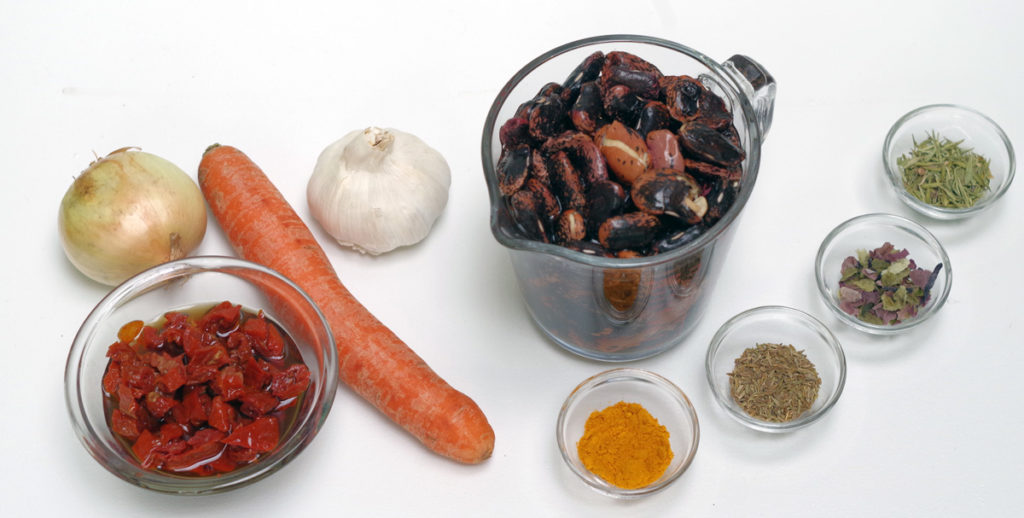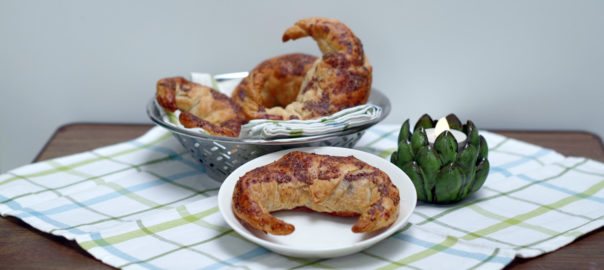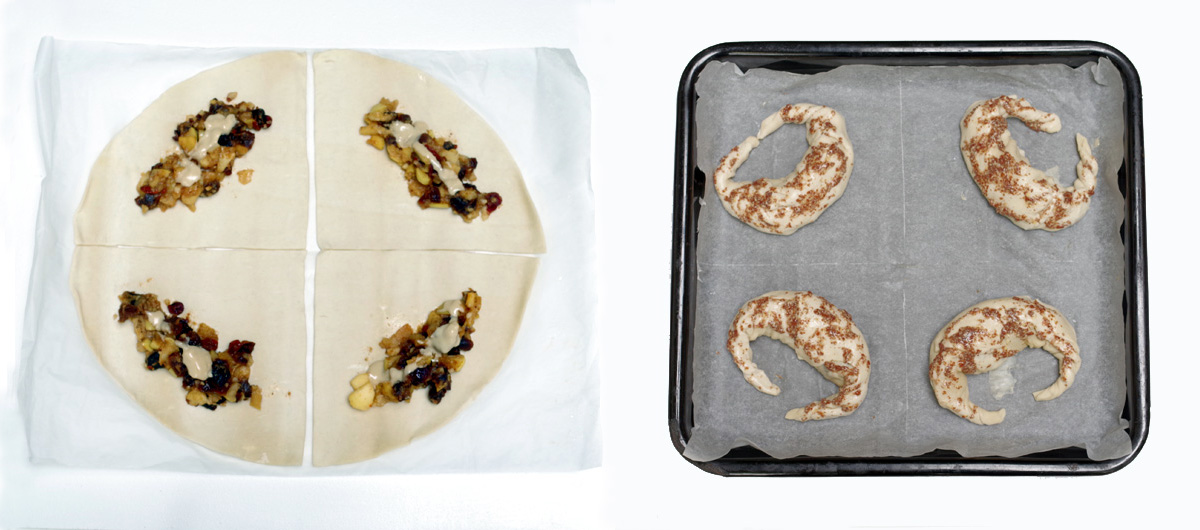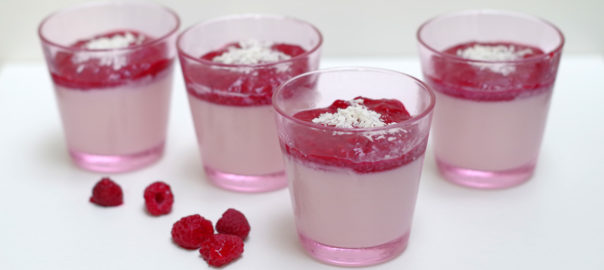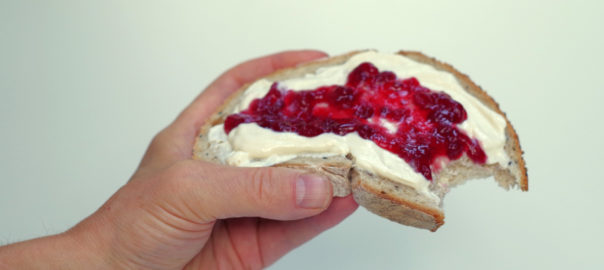Yoga Kitchen – Simple, healthy, and plant-based
A warming and invigorating smoothie
Some people enter the new year with a headache, indigestion and a hangover.
I chose to enter the freshly new year on January 1st 2023 already very sober and healthy. In the name of my decades-old habit of eating as healthy as possible, I prepared this wonderfully simple raw smoothie with a generous add-on of fresh ginger. And I then slowly spooned it out, savouring each and every bite. And immediately the tone was set!
This is what you need:
The quantities below are meant for one serving.
- A juicy, ripe pear. The juicier, the better.
- One quarter of a big raw red beetroot.
- The juice of half a lemon.
- Approximately half a centimetre of a toe of fresh ginger.
Ready in the blink of an eye
- Peel the pear, remove the seeds and core and cut into pieces.
- Wash the piece of beetroot thoroughly. You can also peel the beetroot thinly if necessary. Next, cut it into pieces.
- Press the lemon to extract the juice.
- Remove the peel from piece of ginger.
- Bring everything into the cup of a strong blender and blend until you get a homogeneous texture.
Done! Pour into a large glass or bowl and enjoy it, slowly and mindfully.
More than just macro and micronutrients
Raw fruits and vegetables are foods with low energy density and high density of nutrients such as minerals, vitamins and all kinds of secondary plant substances.
We in the West have a tendency to stare ourselves completely blind at the chemical composition of food products. Food certainly and surely acts on our bodies in a much more sophisticated and subtle way than you can tell just from the amount of carbohydrates, fats, proteins, minerals and vitamins alone. Other, older food teachings do take into account these subtle effects, which can affect our organs and our whole body system very differently. I am referring here especially to Ayurveda, traditional Chinese nutrition and macrobiotics.
For example, red beetroot is said to have a strengthening effect on the heart and a relaxing effect on the liver. It improves blood quality.
The pear belongs to foods of a sweet-sour earth-wood type. It stimulates blood circulation and has a moistening effect, including on the lungs and throat.
Fresh ginger root is strongly warming, helping us in winter to ward off the cold.
And finally, the strongly sour-tasting lemon juice not only provides precious vitamin C, but also has a cooling effect.
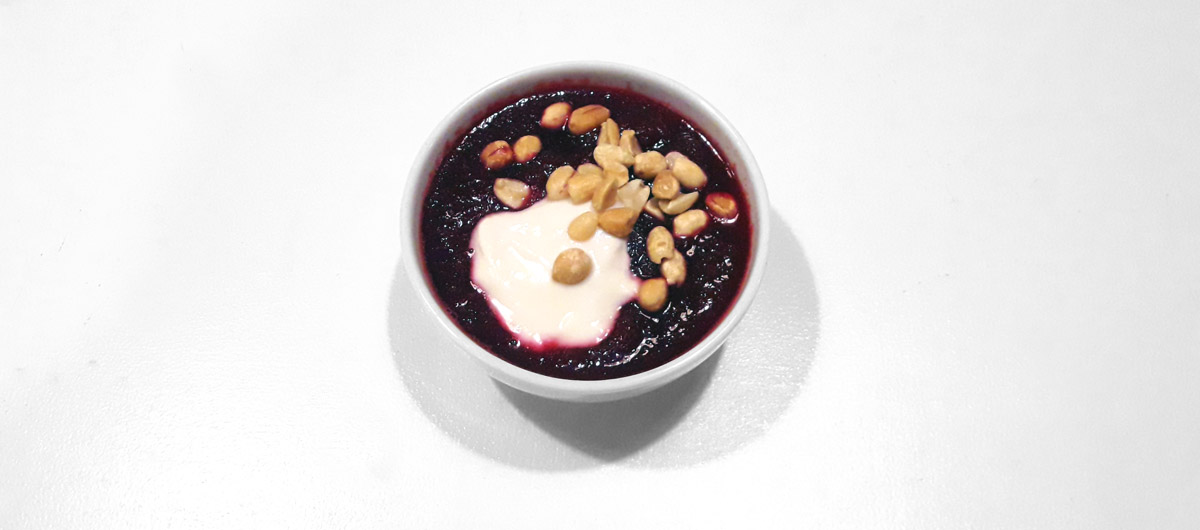
Does modern science contradict traditional nutritional teachings?
Each of the traditional dietary teachings does have its incomprehensible, probably historically and culturally determined, sometimes somewhat warped taboos. For instance, eating raw vegetables is strongly discouraged in Ayurveda. With what we know today about the thermal sensitivity of vitamins and other secondary plant substances, this taboo appears a bit incomprehensible. However, we don’t have to dismiss everything just like that. It is better to look at what findings contemporary nutritional science comes to and whether they can also be compatible with ancient wisdom. Modern food science has the merit of unravelling the material chemical, biochemical and bacteriological phenomena of digestion and absorption and providing keys to optimise them.
The findings of traditional dietary teachings often look at food through an energetic lens. This way, they consider its direct effects on fluid and heat balance of the body. They provide surprising insights and tools to promote the proper functioning of our bodies throughout the seasons in a way that modern science sometimes overlooks.
Read more about plant-based nutrition and health:
Have a look at more articles about nutrition, health and plant-based foods:
Read more about plant-based food
Read more about yoga and yoga classes in Schaerbeek:
Check out our yoga classes here:

